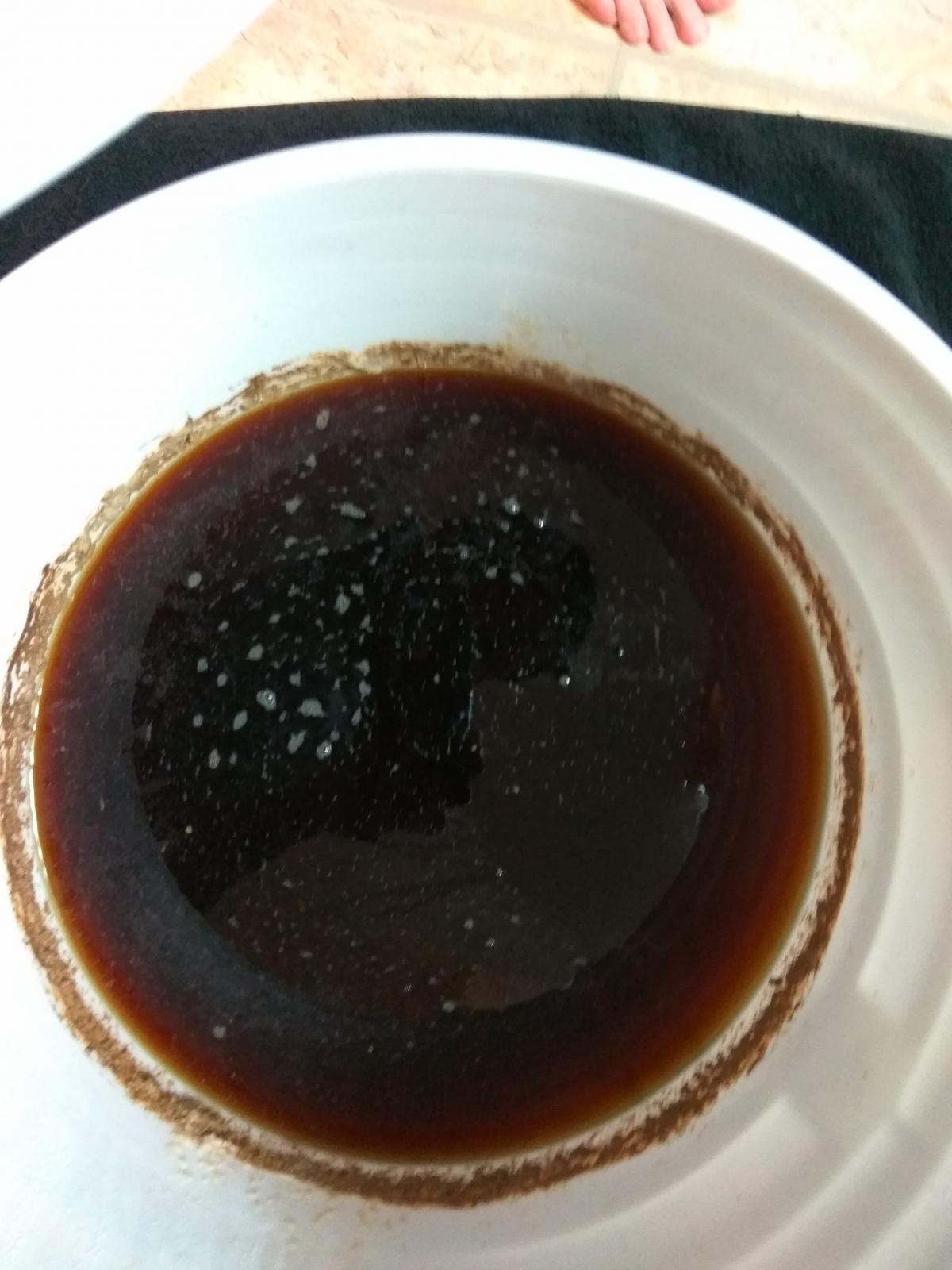AnbyG
Well-Known Member
So 10 days back I tried brewing my very first batch of beer with the recently purchased the Brew Share Enjoy Homebrew Starter Kit from Northern Brewer. I tried to do everything as per the instructions regarding preparation of the wort, sanitation, pitching the yeast etc. However, I had some StarSan foam in the primary when I added the wort (although many threads have said no issues with that) and I did not shake the fermenter vigorously for extended perod of time to oxygenate the wort prior to pitching. I noticed some bubbles right after I introduced the yeast, but this could be bubbles from StarSan breaking up.
And then from the next day onwards there has been no activity in the airlock. So something happened here, probably due to my fault, which basically stopped fermentation. My container is sealed properly, since if I press down on the plastic lid slowly, the water level on one side of the airlock rises over the other. I measured the temperature before pitching the yeast and it was 68-70 Fahrenheit.
What are my options here to salvage this ? As per recommendation in some threads on this forum, I purchased some new amber ale yeast to pitch it again. I have not opened the lid of the primary fermentation bucket yet, but I do see some stuff settling down at the bottom. I intend to vigorously shake the wort again before pitching and will pitch the yeast through the airlock using a funnel, since opening the lid might lead to a bigger risk of contamination.
Is this the right strategy at this point ? What else can I do ?
Thanks in advance!
Anby
And then from the next day onwards there has been no activity in the airlock. So something happened here, probably due to my fault, which basically stopped fermentation. My container is sealed properly, since if I press down on the plastic lid slowly, the water level on one side of the airlock rises over the other. I measured the temperature before pitching the yeast and it was 68-70 Fahrenheit.
What are my options here to salvage this ? As per recommendation in some threads on this forum, I purchased some new amber ale yeast to pitch it again. I have not opened the lid of the primary fermentation bucket yet, but I do see some stuff settling down at the bottom. I intend to vigorously shake the wort again before pitching and will pitch the yeast through the airlock using a funnel, since opening the lid might lead to a bigger risk of contamination.
Is this the right strategy at this point ? What else can I do ?
Thanks in advance!
Anby




